Table of content
Pineapple juice, with its vibrant tropical flavor and invigorating sweetness, is a beloved beverage enjoyed worldwide. While store-bought versions are convenient, crafting this golden elixir at home allows you to control ingredients, maximize freshness, and tailor the taste to your liking. This guide delves into the art of making pineapple juice from scratch, exploring techniques, tips, and creative variations to elevate your homemade experience.
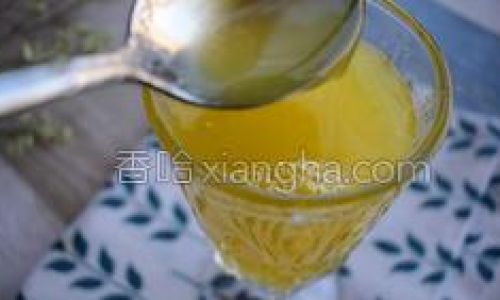
The Allure of Homemade Pineapple Juice
Freshly squeezed pineapple juice is a revelation compared to its processed counterparts. It boasts a brighter, more authentic flavor profile, free from added sugars, preservatives, or artificial additives. Beyond its delicious taste, pineapple juice is a nutritional powerhouse, rich in vitamin C, manganese, and bromelain—an enzyme linked to digestive health and anti-inflammatory benefits. By making it at home, you unlock these perks while indulging in a cost-effective, customizable treat.
Ingredients and Tools You’ll Need
Creating pineapple juice requires minimal equipment and just a handful of ingredients:
- 1 ripe pineapple: Choose a fruit with vibrant green leaves, a golden-yellow rind, and a sweet, floral aroma. Avoid pineapples with bruises, soft spots, or dull color.
- Water (optional): For a thinner consistency, add ½–1 cup of cold water.
- Sweeteners (optional): Honey, agave, or maple syrup can enhance natural sweetness if needed.
- Ice (for serving): Keeps the juice chilled and refreshing.
Tools:

- A sharp chef’s knife and cutting board
- A blender or juicer
- A fine-mesh strainer or cheesecloth
- A pitcher or jug for serving
Step-by-Step Juice Preparation
Selecting and Preparing the Pineapple
The key to exceptional juice lies in selecting a ripe pineapple. Gently press the rind—it should yield slightly without feeling mushy. Smell the base: a sweet, tropical scent indicates ripeness.
Preparation:
- Lay the pineapple on its side and slice off the crown (top) and base.
- Stand it upright and shave off the rind in vertical strips, following the fruit’s contour. Remove any remaining “eyes” with a paring knife.
- Slice the pineapple into quarters lengthwise, then cut away the tough core from each quarter.
- Dice the flesh into 1-inch chunks, discarding any fibrous or bruised parts.
Blender Method: For a Pulpy Texture
The blender method retains some pulp, adding body and fiber to your juice.
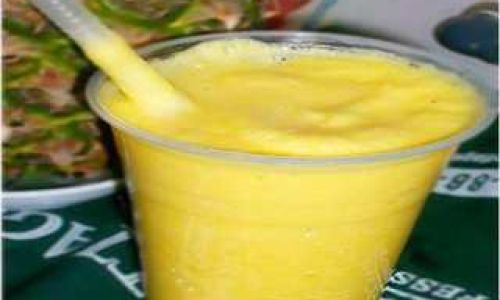
- Blend: Add 4 cups of pineapple chunks and ½ cup water (if desired) to a blender. Pulse until smooth.
- Strain: Pour the mixture through a fine-mesh strainer or cheesecloth into a pitcher. Press gently with a spoon to extract maximum juice.
- Adjust: Taste and add sweetener if needed. For a smoother texture, strain again.
Juicer Method: For a Clear, Pulp-Free Result
A juicer efficiently separates juice from fiber, yielding a crisp, clean beverage.
- Feed: Process pineapple chunks through your juicer in batches.
- Collect: Direct the juice into a pitcher.
- Dilute (optional): Mix with water if a less intense flavor is preferred.
Serving and Storing
- Serve immediately: Pour over ice and garnish with a pineapple wedge or mint sprig.
- Store leftovers: Transfer to an airtight container and refrigerate for up to 2 days. Freeze in ice cube trays for longer preservation.
Pro Tips for Perfect Pineapple Juice
- Ripeness Matters: An underripe pineapple will taste tart, while an overripe one may ferment. Aim for a balance of sweetness and acidity.
- Enhance Flavor: Add a pinch of salt to brighten the taste or a squeeze of lime for complexity.
- Fiber Boost: Leave some pulp in the juice for added dietary fiber.
- Batch Prep: Juice multiple pineapples at once and freeze portions for quick access.
Creative Variations and Add-Ins
Elevate your pineapple juice with these inspired twists:
- Tropical Twist: Blend with mango, coconut water, or orange juice.
- Spicy Kick: Add a slice of fresh ginger or a dash of cayenne pepper.
- Herb Infusion: Muddle basil or cilantro into the juice for a fragrant finish.
- Boozy Option: Mix with white rum for a piña colada-inspired cocktail.
Health Benefits of Pineapple Juice
- Immune Support: Rich in vitamin C, pineapple juice aids in collagen production and fights free radicals.
- Digestive Aid: Bromelain enzymes break down proteins, easing digestion and reducing inflammation.
- Hydration: A natural electrolyte source, it replenishes fluids after exercise or illness.
- Anti-Inflammatory: Studies suggest bromelain may alleviate symptoms of arthritis and sinusitis.
Troubleshooting Common Issues
- Fibrous Juice: Strain through multiple layers of cheesecloth for a smoother texture.
- Bland Taste: Ensure the pineapple is ripe, or add a splash of pineapple juice concentrate.
- Thick Consistency: Dilute with water, coconut water, or sparkling soda.
Sustainability Tip: Repurpose Pineapple Scraps
Don’t discard the peel and core! Simmer them in water with cinnamon and honey to create a soothing tea, or compost them to reduce waste.
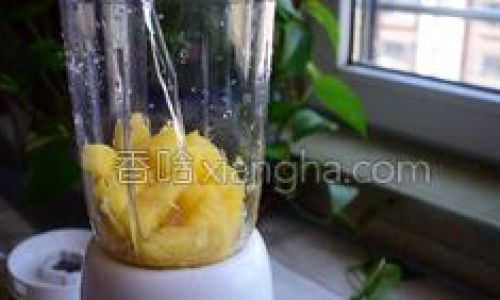
Conclusion: Sip the Sunshine
Homemade pineapple juice is more than a beverage—it’s a celebration of freshness, creativity, and wellness. Whether you prefer it pure, spiced, or blended with tropical companions, this golden nectar offers a taste of paradise in every glass. Experiment with textures, flavors, and presentations to discover your perfect recipe. Cheers to sunshine in a cup!
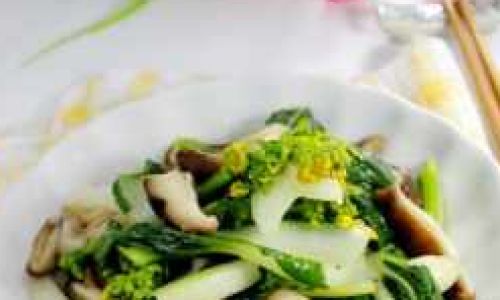


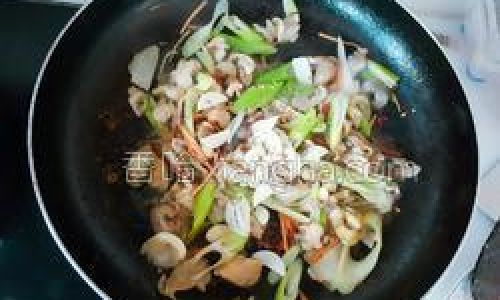
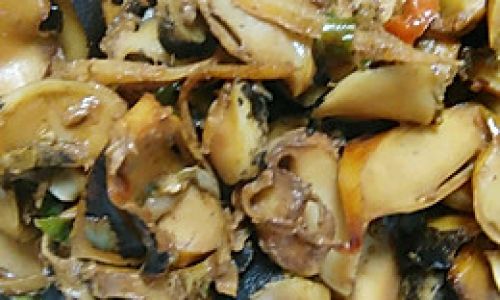
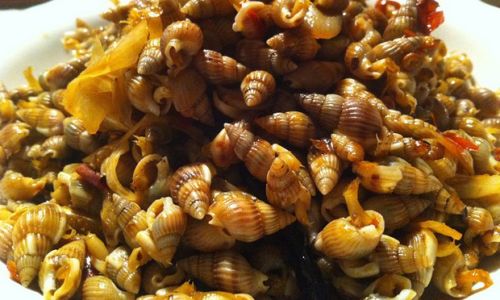
0 comments